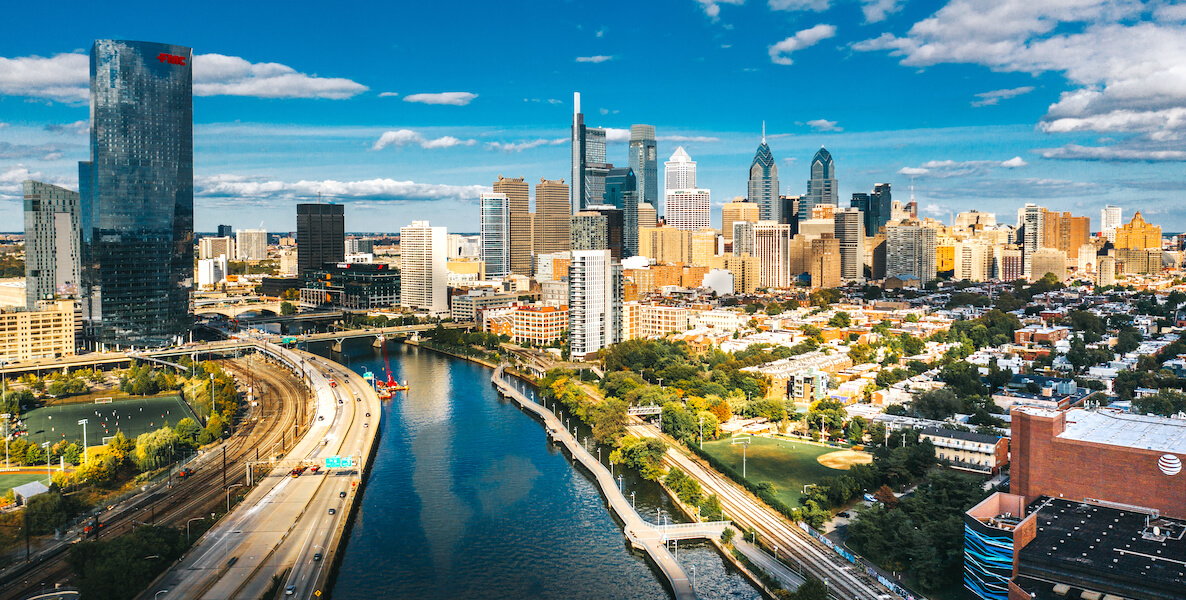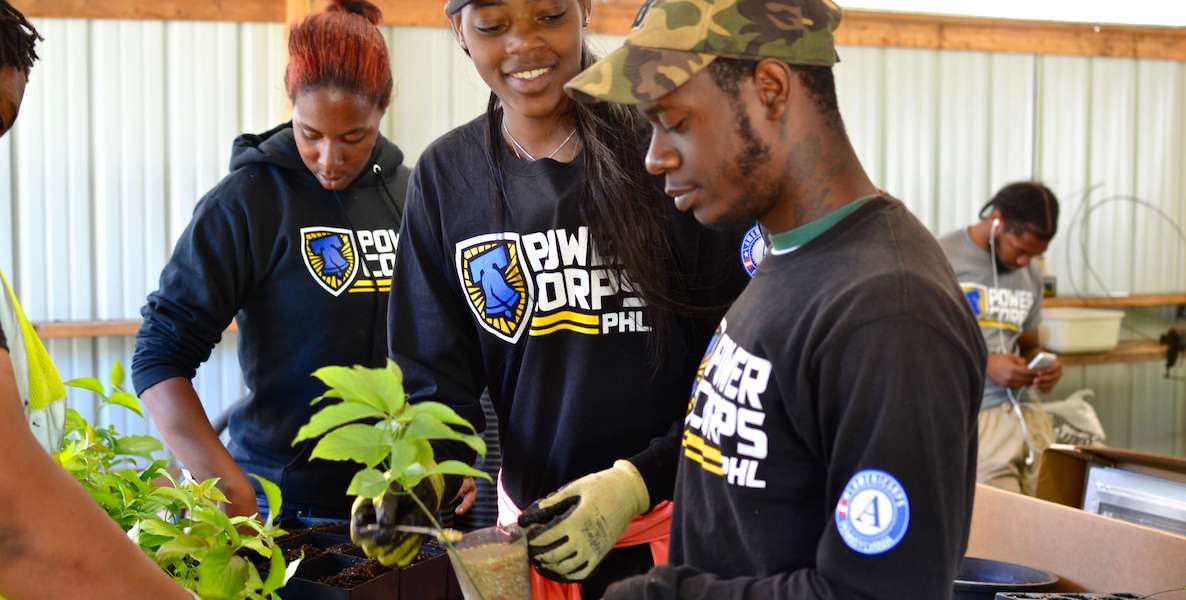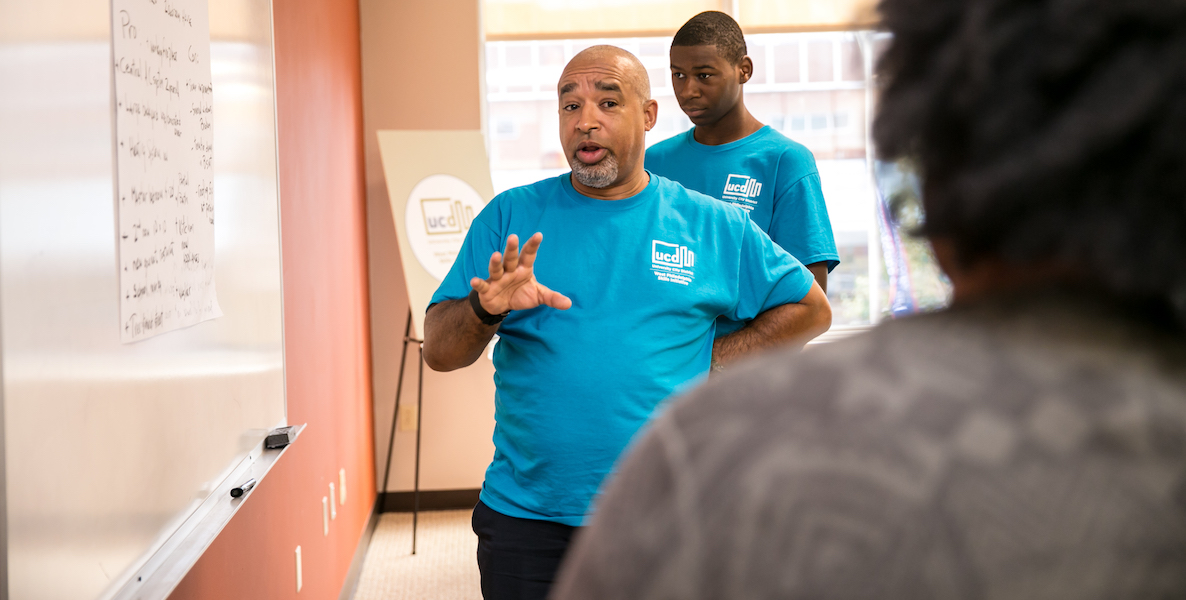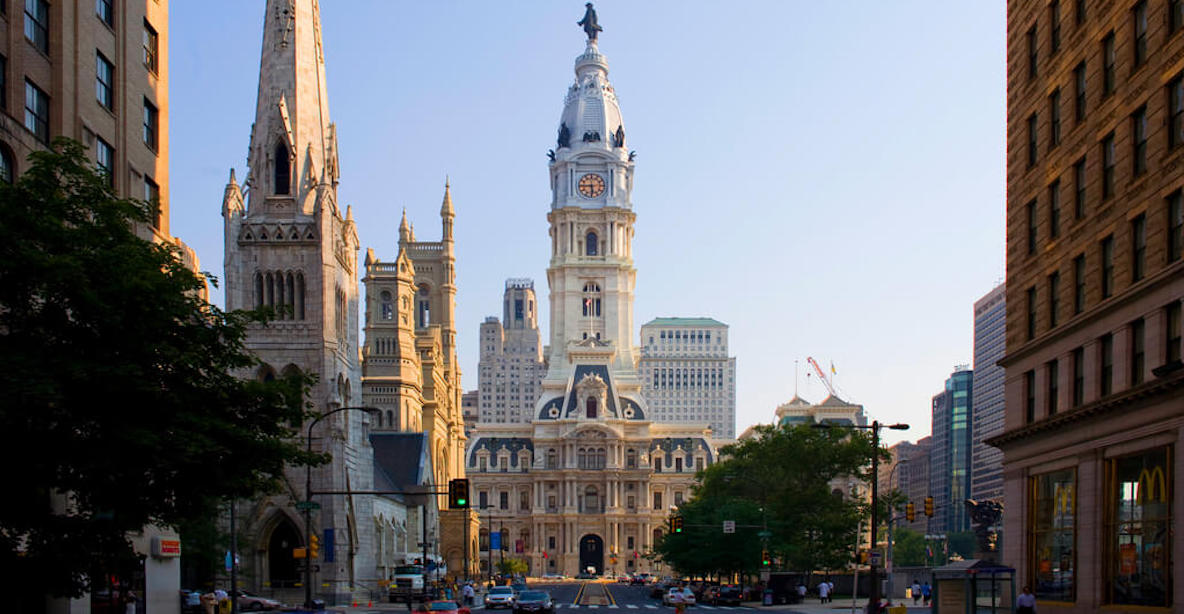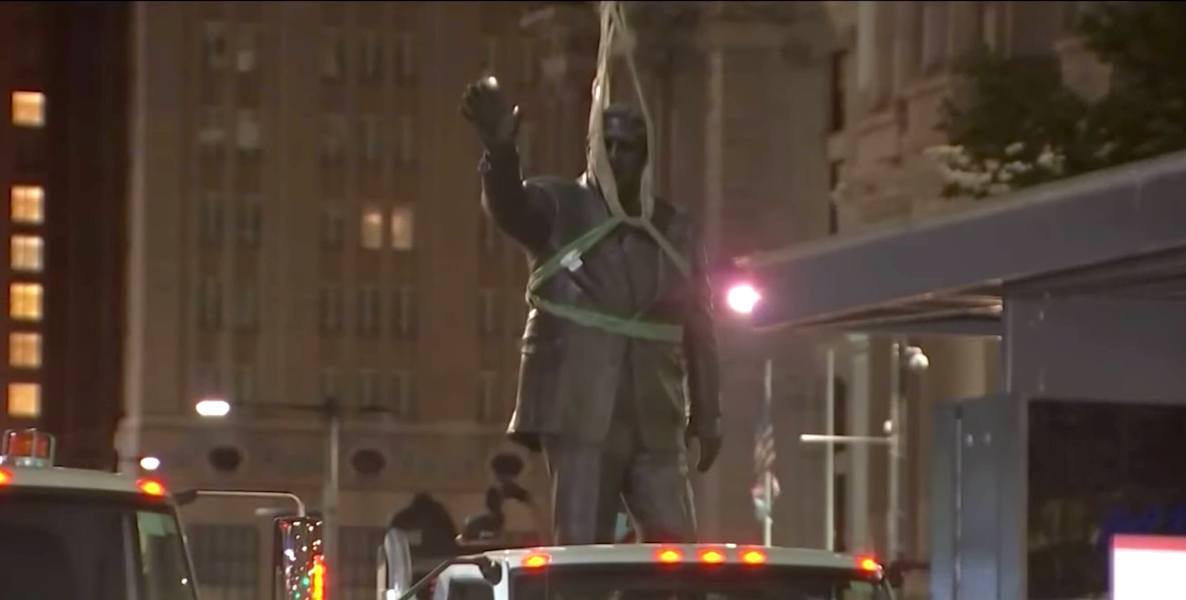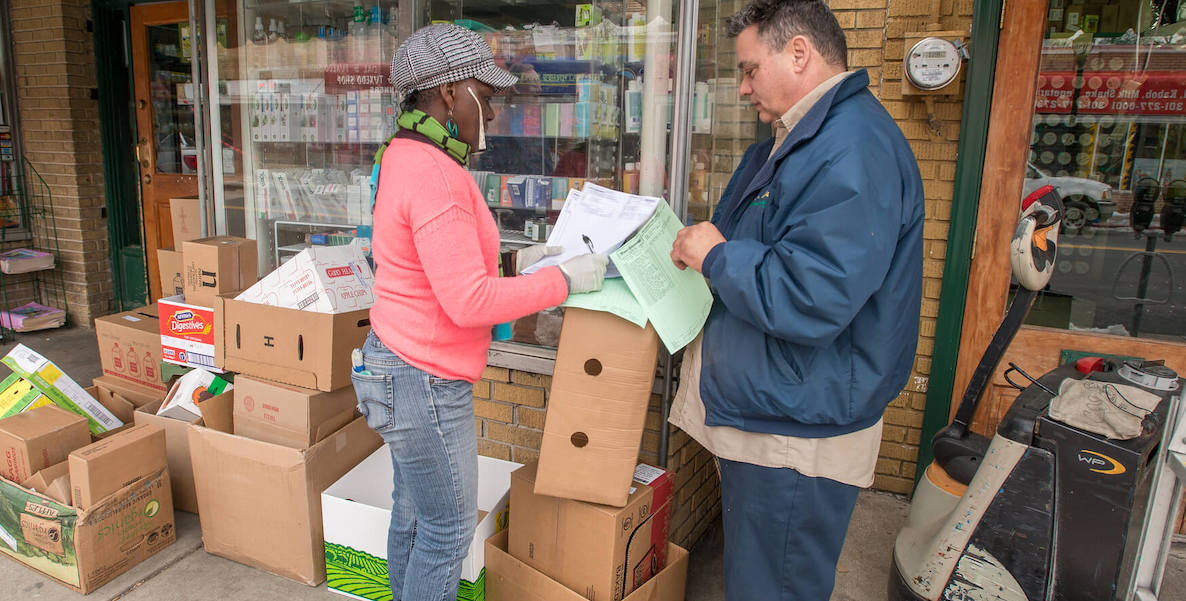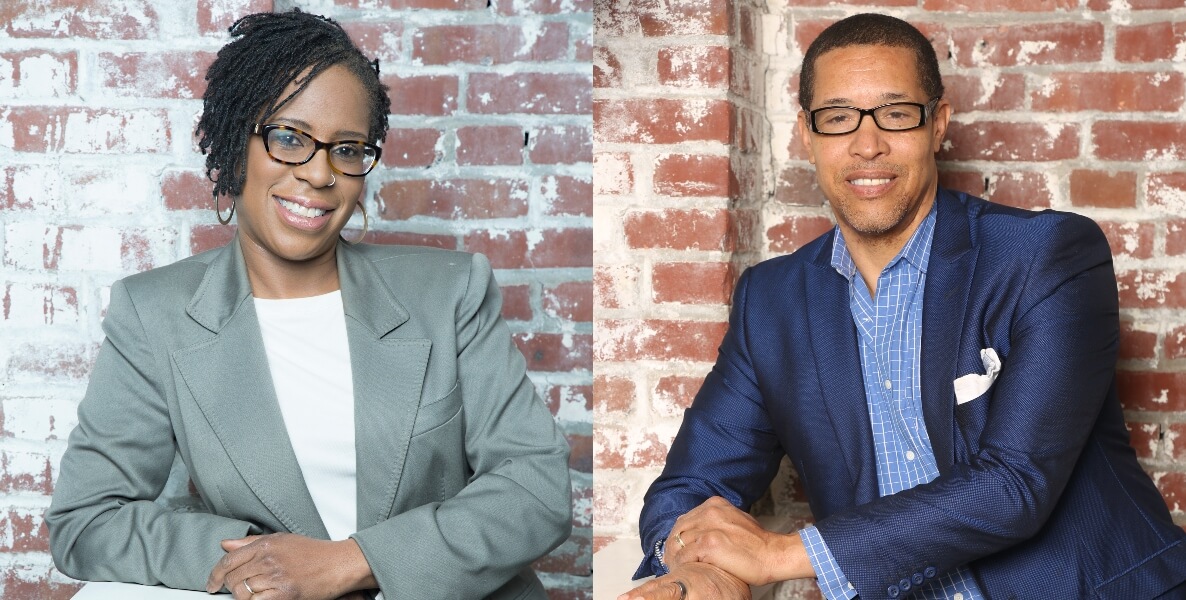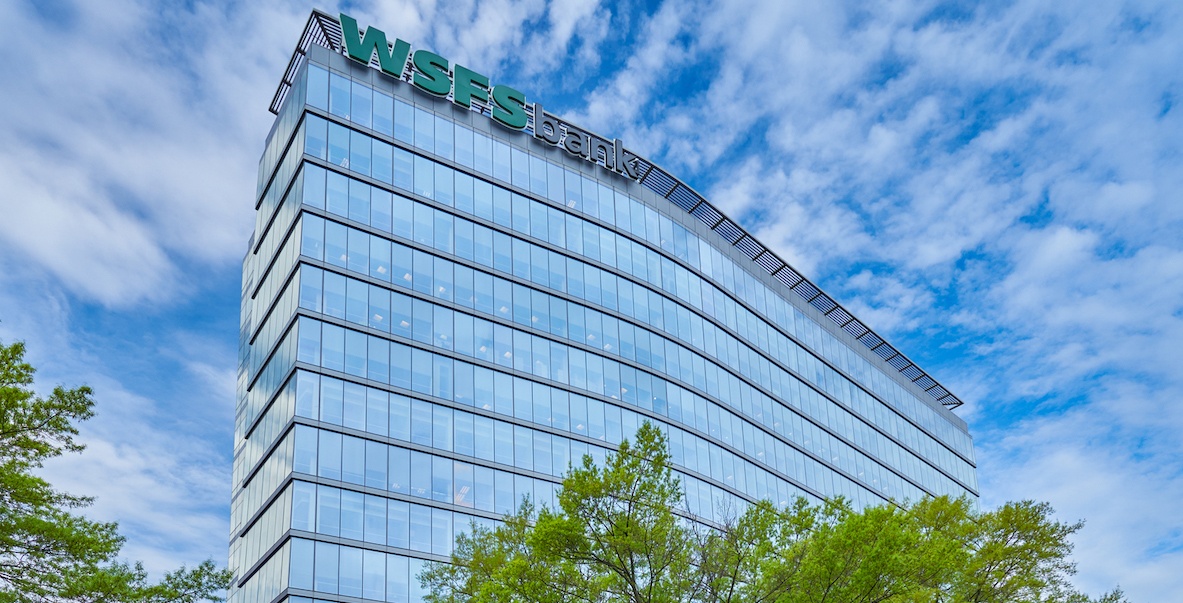![]() In the 1984 Democratic primary election, my guy was Senator Gary Hart, arguably the most thoughtful, creative reformer to run for president in modern times. (Talk about radical: He’d take two hours of each day to shut his office door and just read).
In the 1984 Democratic primary election, my guy was Senator Gary Hart, arguably the most thoughtful, creative reformer to run for president in modern times. (Talk about radical: He’d take two hours of each day to shut his office door and just read).
His upstart challenge to the party’s establishment standard-bearer, Walter Mondale, would hit a brick wall once the former vice president, fed up with the way Hart’s creative ideas were resonating in the polls, borrowed the tagline from a famous Wendy’s hamburgers advertisement and asked his young rival: “Where’s the beef?”
Mondale’s verbal comeback relegated Hart to also-ran status, and cleared the way for Mondale’s idea-less campaign to get blown out on election day by incumbent Ronald Reagan. (Hart would become the surefire favorite to win the presidency four years later, until his own “monkey business” got in the way.)
![]() Actress Clara Peller’s beefy refrain in those Wendy’s commercials became something of a cultural meme. Suddenly, it wasn’t only Mondale (falsely) calling for substance. In the zeitgeist of the 1980s, “Where’s the beef?” became an ironic shorthand complaint for the rise of style over substance.
Actress Clara Peller’s beefy refrain in those Wendy’s commercials became something of a cultural meme. Suddenly, it wasn’t only Mondale (falsely) calling for substance. In the zeitgeist of the 1980s, “Where’s the beef?” became an ironic shorthand complaint for the rise of style over substance.
Well, of late, I’ve been wondering if what’s old is new again. Ol’ Clara’s clarion call in this moment of widespread social protest is newly relevant; while a focused lens on social justice and systemic racism carries with it the intoxicating promise of real change, we don’t get there by just speaking frankly of our past personal shortcomings or by eradicating symbols of past transgressions. We get there by changing long intractable systems with substantive policies that impact real people’s lives.
It’s great that statues are coming down (so long, Chris and Frank!), and it’s cool, I guess, that Lady Antebellum is now Lady A, and it’s a sign of progress that NBA players run up and down a parquet floor emblazoned with the words “Black Lives Matter,” but if that’s all we’re marching for, we’re making Clara Peller something of a prophet these days, no?
Two Areas Where We Can Beef Up Our Efforts
So, in an effort to shift from the stylistic to the systemic—in order to not, in other words, take our eyes off the prize—here are two areas where we could, uh, beef up our efforts. The first would be to embark on a bold, new commitment to providing jobs to those who truly need them.
The second would be to finally confront the scourge of redlining and other prejudices in banking, a trend that is still, sadly, alive and well.
Systemic change demands more than taking to the streets. Compared with the blocking and tackling of taking on entrenched racism, it’s actually the easy part.
A roadmap on jobs was provided this week, with the launch of the New York Jobs CEO Council. The nonprofit group represents 27 major companies and is co-chaired by a who’s who of C-suite masters of the universe—Jamie Dimon, Jeff Bezos, BlackRock’s Larry Fink and Accenture CEO Julie Sweet among them.
It will partner with educational institutions like City University of New York![]() (CUNY), nonprofits like HERE to HERE, and city government agencies over the next decade to “hire 100,000 early-career New Yorkers from low-income and Black, Latinx and Asian communities into stable jobs that set them on long-term career pathways.”
(CUNY), nonprofits like HERE to HERE, and city government agencies over the next decade to “hire 100,000 early-career New Yorkers from low-income and Black, Latinx and Asian communities into stable jobs that set them on long-term career pathways.”
This isn’t a group of companies just hitting send on tweets proclaiming that Black Lives Matter. It’s a put-your-money-where-your-mouth-is act that doubles down on the importance of good jobs, something particularly germane in Philadelphia, where 76 percent of all jobs created in the last decade have paid on average $35,000 or less and where our median household income of $39,759 barely bests the earnings of residents of Memphis and Detroit.
“Many New Yorkers are stuck in low-paying jobs that could be lost in the future or are struggling to navigate the labor market as the Covid-19 crisis has further exacerbated the economic inequities in the city,” Dimon said in making this week’s announcement. “We are using our collective power to prepare the city’s workforce with the skills of the future and helping New Yorkers who have been left behind get a foot in the door.”
Hallelujah. The challenge in this regard facing Philadelphia is laid bare in a report released yesterday by the Center City District, Getting More Philadelphians Back to Work: Business Density and the Role of Black and Minority Owned Businesses.
As I’ve lamented before, it’s shameful that, in a city that is 45 percent African American, only 2.5 percent of businesses are owned by Blacks. (Six percent if you count sole proprietors). But, as the CCD report makes clear, it’s even worse than that. Turns out, we lag well behind New York, Boston, Atlanta and Washington, D.C. with the lowest number of Black-owned firms in relation to Black residents and the lowest number of businesses in relation to overall population.
A Marshall Plan for Black Philadelphia?
That lays the groundwork for the need of a type of Marshall Plan for Black Philadelphia, perhaps modeled after a recent national proposal from venture capitalist, entrepreneur and philanthropist John Hope Bryant, founder of Operation Hope, whose “Marshall Plan for Black America” is a “government-framed, public policy-led, private sector co-invested and encouraged, community-adopted, and American citizen-supported plan that would effectively harness the untapped aspirational potential of tens of millions of African Americans through free enterprise.”
Borrowing from Bryant’s plan, or locally adopting the blueprint of the New York Jobs CEO Council, or some combination thereof, would give Philadelphians something to rally around, a common project that heeds FDR’s long ago call for “bold, persistent experimentation.”
But we know that the era of solution by governmental fiat is long past. That’s what’s encouraging about the New York Jobs CEO Council, because it demonstrates the wisdom of public/private partnerships in moving the needle on opportunity.
Lately, we’ve seen some encouraging signs of Philadelphia companies stepping up and partnering with stakeholders for the public good, and many of us are anxiously awaiting the forthcoming findings of The Philadelphia Regional Recharge and Recovery Task Force for its ideas on how to move the city toward growth in the midst of two viruses: Covid and race.
Perhaps the New York Jobs CEO Council offers a way forward that adds some beef to our menu of social change?
Getting Housing Right
Another area ripe for substantive action is the ever-resilient presence of redlining, the banking practice of denying services to residents of a geographic area due to the demographic composition of those who live there. Fifty years after the Fair Housing Act, a 2018 expose by Reveal of The Center for Investigative Reporting found that the practice was alive and well in Philadelphia.
“About the same number of African Americans and non-Hispanic whites live in the City of Brotherly Love, but the data showed whites received 10 times as many conventional mortgage loans in 2015 and 2016,” wrote reporters Aaron Glantz and Emmanuel Martinez. “Banks also focused on serving the white parts of town, placing nearly three-quarters of their branches in white-majority neighborhoods. [Our] analysis also showed that the greater the number of African Americans or Latinos in a neighborhood, the more likely a loan application would be denied there–even after accounting for income and other factors.”
In Philadelphia, 76 percent of all jobs created in the last decade have paid on average $35,000 or less and our median household income of $39,759 barely bests the earnings of residents of Memphis and Detroit.
It was a damning report, finding that in 61 cities, people of color were far more likely to be turned down for a home loan than their white counterparts even when they made the same amount of money, tried to take out the same size loan, and were buying in the same neighborhood as whites.
It called into question just how much progress has been made since the Community Reinvestment Act 40 years ago had led many of us to believe that racial discrimination in mortgage-lending had been dealt with. (Keep in mind that, back in the 1930s, housing discrimination was a purposeful governmental policy; it was Federal Home Owners’ Loan Corporation policy to back mortgages only for white families, and only if they purchased in white neighborhoods.
The agency’s color-coded maps came to define redlining—with banks across the country making most loans only within these geographic guidelines. Locally, zoning restrictions and racial covenants added to the perpetuation of a system that kept families of color from building wealth through homeownership as white families had long done).
![]() Among those outraged by the Reveal report was Attorney General Josh Shapiro, who immediately issued a call for citizens to contact his office if they believed they’d faced discrimination or experienced irregularities when trying to qualify for a mortgage. “Redlining represents institutional racism,” Shapiro said at the time. “It sets city blocks and whole neighborhoods back. …We need to hear from consumers who believe they’ve been victimized in the home lending and banking industries so we can hold those responsible accountable.”
Among those outraged by the Reveal report was Attorney General Josh Shapiro, who immediately issued a call for citizens to contact his office if they believed they’d faced discrimination or experienced irregularities when trying to qualify for a mortgage. “Redlining represents institutional racism,” Shapiro said at the time. “It sets city blocks and whole neighborhoods back. …We need to hear from consumers who believe they’ve been victimized in the home lending and banking industries so we can hold those responsible accountable.”
To be clear: Redlining is illegal, but, while the maps dictating the practice’s implementation are a thing of the past, remnants of it remain. Last year, the National Bureau of Economic Research found that black mortgage borrowers were charged higher interest rates than whites and were denied mortgages that would have been approved for whites of the same income and debt levels.
In 61 cities, people of color were far more likely to be turned down for a home loan than their white counterparts even when they made the same amount of money, tried to take out the same size loan, and were buying in the same neighborhood as whites.
Judging from the headlines, in fact, it would seem that redlining is enjoying something of a comeback. Last year, Liberty Bank settled a lawsuit alleging that the company had redlined black and Latino neighborhoods in Hartford and New Haven, Connecticut.
Perhaps most notably, there was Wells Fargo’s $175 million settlement of redlining charges eight years ago, and its settling of a suit brought by the City of Philadelphia without admitting liability last year for a measly $10 million.
It’s doubtful that, in this climate of racial awakening, the City could have or should have gotten away with what appeared to be such a fold. Instead, the lawsuit against Wells Fargo, first filed in 2017, could have been used to jumpstart reform—engaging the bank and other such institutions in a type of transparent banking reparations program.
A New Possibility for Substantive Reform
But maybe the politics now are such that there’s a new possibility for substantive reform that leads to more opportunity for those historically denied it. Shapiro sounds like he’s on the case.
“Systemic racism is baked into so many parts of our society, and the impact that generations of racist housing practices has on Pennsylvanians today is profound,” he emailed me yesterday. “We must be committed to rooting out these biases whenever we find them, and we have a lot of work to do to create a community that is fair and just. My office has an ongoing investigation into lending companies suspected of engaging in redlining, we have issued broad subpoenas, and we will not hesitate to act if we find evidence that the law has been broken.”
None of this is to indict all banks, or banking as an industry. I’ve written about the many banks that have come to Philadelphia’s economic rescue during the pandemic. But if you think racial discrimination is a thing of the past in banking, just ask Jimmy Kennedy.
He earned $13 million during a nine-year NFL career. And when he couldn’t figure out why his JP Morgan Chase branch wouldn’t give him the elite “private client” service his bank balance warranted, he surreptitiously tape recorded a bank employee finally leveling with him and essentially telling him he was too Black for such customer service.
Whether it’s finally providing good jobs to those struggling to get into the middle class or affording housing opportunities that don’t lock those same citizens into futures of paycheck to paycheck subsistence, these are tough issues to wade through. They require holding up to inspection and correcting decades of practices and policies in order to get to real change.
Systemic change demands more than taking to the streets. The marches, the slogans, the tearing down of statues, the calling out of bias, the shaping of new attitudes—all of that’s important, yes. But it turns out that, compared with the blocking and tackling of taking on entrenched racism, it’s actually the easy part.
Photo Courtesy Visit Philly



